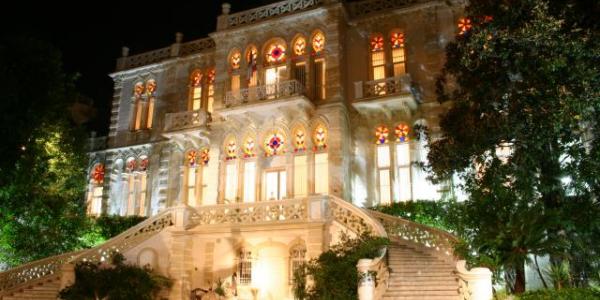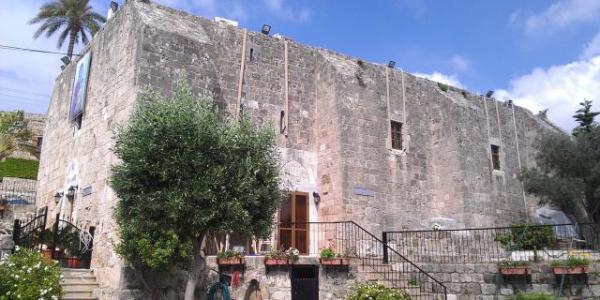Niha Roman Temples
Approximately 32 km from Baalbek, two Roman temples located at the edge of the village of Niha were built between the 1st and 3rd centuries AD. The Great Temple was built in the 2nd and 3rd centuries AD, and was dedicated to the Syro-Phoenician goddess of fertility, Atargatis, and her consort, the god Hadaranes, the god of thunder, lightning and rain, as well as a third god, their son. This temple served for water rituals but also hosted unknown rituals linked to the cycle of life (birth, death, afterlife) that are said to have gained importance in the 2nd century. Two kilometers north of the village, there were two other temples, only one of which surviving to this day. It was transformed into a small fort in the early Medieval times, reason why the temple is known as Hosn Niha (fort of Niha), before it became a Byzantine Basilica.
Terbol Museum
Approximately 32 km from Baalbek, this Museum showcases a traditional mud-brick farmhouse composed of two rooms in which the everyday life of farmers is depicted and old objects displayed. The Museum opens from May to November.
Nahr el Assi – Orontes and Mar Maroun Monastery
Approximately 65 km from Baalbek, the Orontes or Nahr al Aassi –meaning “the rebel river” in Arabic– takes its source from Aïn al Zarqa –“the blue spring”– near the town of Hermel, north of the Bekaa Valley. It crosses Syria and plunges into the Turkish Mediterranean.
About 15 minutes away from Ain al Zarqa, embedded into the side of the mountain, Mgharet El Raheb –the monk’s grotto– AKA Deir Mar Maroun (Saint-Maron Convent) was carved during the 5th century. Maron was a 5th-century Monk whose Christian teachings created a religious Christian movement, whose followers later became known as the Maronites. It is said that his disciples transferred his skull here after his death in 410.




